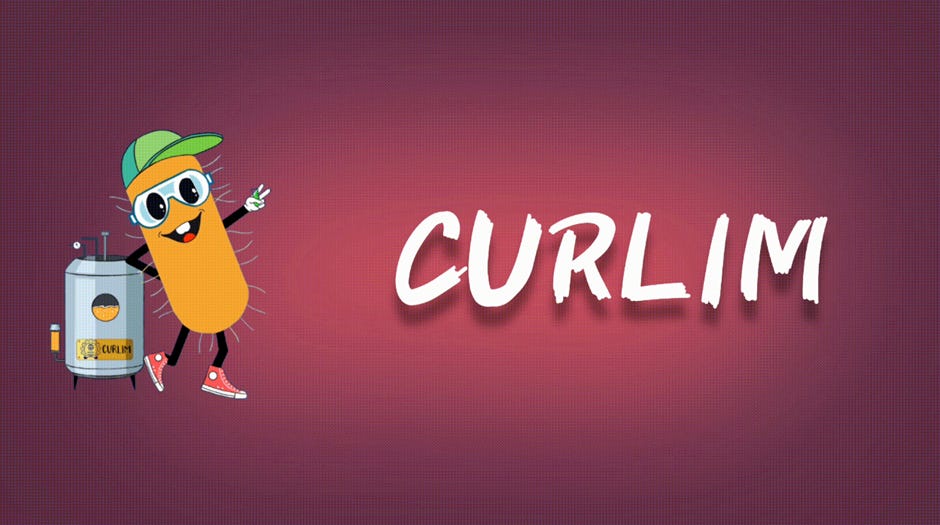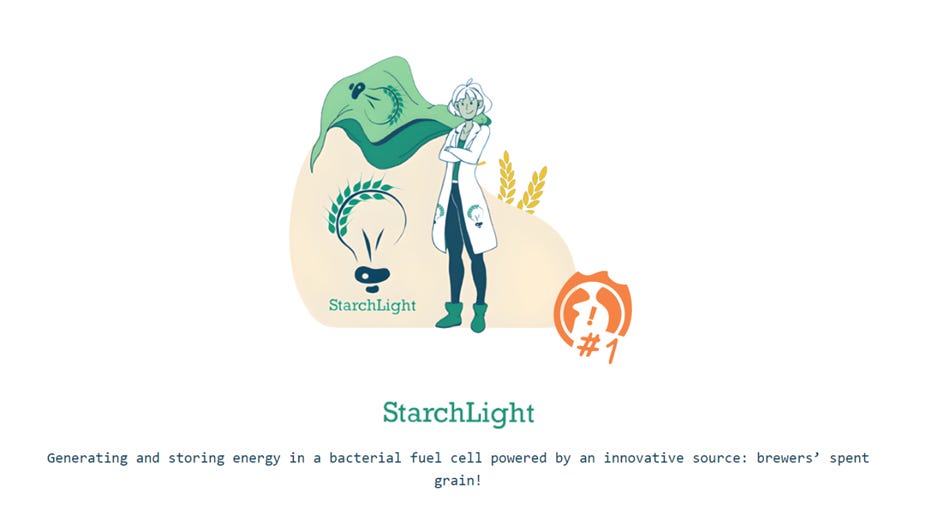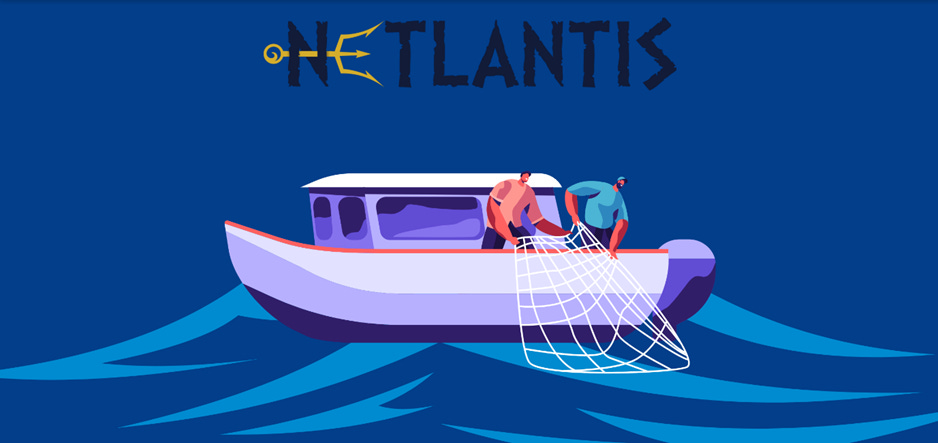As we eagerly await the Paris iGEM Jamboree (happening next week on the 2nd of November!), we’ve decided to dedicate this article to reflect back on a few of what we believe to have been the most exciting winners of last year’s competition. We’re always on the hunt here at ValleyDAO to find, spotlight and support the best and most exciting community-driven climate synbio solutions - so, from tackling eutrophication in Greece to cleaning up heavy metal pollution in India, we’ve rounded up some of the most interesting projects that we think you should take a look at before heading into the next iGEM.
So, let’s dive right in!
Thessaly: Navanthus

Into some freshwater, that is. Based in Greece, team Thesally’s project last year was focussed on the urgent and growing issue of mass eutrophication in local rivers and lakes – a project they called Navanthus. If you take a second to cast your mind back to the misty days of highschool biology, you may (or may not, depending on your syllabus) have come across eutrophication before. Effectively, fertiliser chemicals used in fieldwork end up leeching and trickling downhill and end up in riverbeds, lakes, ponds and any other bodies of water – and all that run-off fertiliser ends up being a potent feedstock for algae. This, then, leads to algal blooms – destructive bursts of growth that not only consume all the oxygen in the water and suffocate the fish, but also blanket out all sunlight. Meaning that the rest of the plant-life can’t even work to replenish that oxygen. The result is as expected; mass death from lake to lake, river to river.
Navanthus, then, aims to tackle this through a two-part system. Part one begins with a remote controlled boat. This boat, kitted out with various sensors, monitors the eutrophication levels of the freshwater bodies, which is then tracked in a database. The second part is where the synthetic biology comes in. Their proposed solution is to use a Constructed Floating Wetlands (CFW) to absorb all the excess fertiliser chemicals responsible for the eutrophication; in their case, phosphorus. These CFWs are themselves made of two parts – a sheet of mycelium grown from a fungus to act as a scaffold, and a biologically-engineered Phragamites australis plant to sit on the scaffold and act as a phosphorous sponge. These P. australis plants would effectively serve to remove all excess phosphorous from the water bodies without initiating harmful blooms. And the best part is that theoretically, the approach is scalable and could potentially even be deployed worldwide. Navanthus earned Thessaly the Environment (Undergrad) Track Prize - and if you want to learn more about the science behind all of it, they’ve done their due diligence (as is required of iGEM participants!) so you can read all about it here: https://2022.igem.wiki/thessaly/
REC_CHENNAI: Project Curlim

Up next on the list is REC_CHENNAI, who also earned the Environment Track Prize – this time for Overgrads – through their work on Project Curlim. Their focus was toward heavy metal pollution: an ongoing and worsening issue that affects both human health and the ecological health of wild habitats and ecosystems. Just as Navanthus aims to first tackle phosphorous and move on to other eutrophication chemicals later, Curlim too seeks to niche down and start out with first removing Cadmium from run-off waste water containing heavy metals. Cadmium, if / when consumed, wreaks the worst of its damage in our kidneys. As if that wasn’t enough, it’s also implicated in osteoporosis, lung irritation, cancer, and may even be associated with some neurological conditions.
The Curlim strategy, similar to Navanthus, is to use a genetically engineered organism for clean-up (For anyone new to iGEM, this is hardly a surprise – genetic engineering to solve problems is kind of the competition’s whole shtick). Specifically, REC_CHENNAI proposes the use of a Moving Bed Biofilm Reactor (MBBR) housing the team’s genetically modified Escherichia coli which is capable of producing a specific acid phosphatase – a type of enzyme that, in this context, adds a phosphate to cadmium ions dissolved in the waste water. This in turn makes the cadmium insoluble, forcing it to precipitate out. A similar effect can be achieved at home by pouring orange juice into milk; a grim fuzzy goo will float to the top as certain biomolecules precipitate out, which you can remove with a spoon.
Curlim of course would aim to do this on an industrial scale with specialist removal processes for the precipitate – so you can leave your cutlery safe in your drawers. They won’t be asking for spoon donations any time soon. But if you want to learn more, we recommend heading to their website, https://2022.igem.wiki/rec-chennai/.
StarchLight

Grabbing the prize for best Climate Crisis Project, next up is team Ionis_Paris, who aimed to create an all-in-one bacterial fuel cell powered by waste products in their project StarchLight. Now that sounds ambitious, but what does that actually mean?
First of all, let’s start by looking at the waste products they’re proposing to use. In a beer brewery, about 85% of the total waste produced is spent grain – basically huge stockpiles of starch – resulting from the filtrations of cereals after the fermentation process. Globally, this is 39 million tons of waste per year, normally left unused and simply incinerated. Say then that we break down that starch into sugar, and use that to make bacterial biofuel and in turn make electricity. That’s exactly what StarchLight seeks to do.
Rather than just use one type of bacteria to do this processing, however, StarchLight proposed the use of two – Escherichia coli and Shewanella oneidensis - both of which would work in tandem to create their Microbial Fuel Cell (MFC). First, the E. coli degrades the spent grain into lactate. S. oneidensis then feeds off the lactate and is effectively able to shuffle electrons out of the chemical bonds of the lactate and into an electronic circuit - by doing all of this whilst the cells are wrapped around an electrode. Somehow it’s actually even more complicated than we make it sound – and better still, their engineered bacteria also feature a light-sensitive storage system which can store and release the lactate molecules at will, meaning the S. oneidensis produces electricity only when they use blue light to release enough lactate for it to do so.
Asides from exemplifying the untapped power of synthetic biology, Ionis_Paris’ MFC demonstrates the field’s potential for sustainable and scalable change. Imagine using bacteria as everyday batteries… and growing them from our waste food. Mind = blown.
UCopenHagen (Netlantis)

And last but not least then, we dive once more into marine-based synthetic biology with the Netlantis initiative, which netted the University of Copenhagen the Best Conservation Project prize. Netlantis is a project focussing in on the often-overlooked danger stemming from industry standard plastic fishing nets – which not only pollute our oceans, but seriously threaten aquatic life. In fact it’s estimated that lost or unaccounted for ‘ghost nets’ kill or injure 650,000 animals a year, including dolphins, seals and sealions. With the global fishing net industry reaching a staggering 1.6 billion dollars in 2021 (and an estimated 2.1 billion by 2028), it’s clear that our plastic nets are outdated and need to go. We’ve apparently been using them since World War II for goodness sake!
In place of these nets, the Netlanis project aimed to develop a biomaterial-based net that would simply biodegrade over time, and thus not present an issue if lost. But this is a double-edged sword, for if they quickly biodegrade in the ocean… they won’t be of much use to the folks buying and using them. Not only that, but they need to be strong, too. Previous biodegradable nets lacked that. Netlantis’ solution is to use recombinant spider silk for its elasticity and strength. These fibres are woven into multiple layers twisted together, pretty much like rope. To protect these then, they borrow from marine-life itself; by taking the sticky proteins found in the feet of mussels and sticking it to the outside of the spidersilk, they effectively galvanize it against the harsh chemical conditions of the ocean, all whilst keeping it fully biodegradable to sealife.
So to recap, recombinant spider silk made from microorganisms + mussel feet proteins as glue = biodegradable nets that aren’t so biodegradable that no one uses them.
If widely adopted, this could save thousands, if not hundreds of thousands of endangered animals killed each year. Wild (literally). Head over to https://2022.igem.wiki/ucopenhagen/description if you want to learn more about the project.
There are tons of projects at the jamboree each year that always ignite the imagination; giving us all a glimpse into the sustainable synthetic biology-powered world that’s just on the horizon. It is, of course, something we care about deeply at ValleyDAO - and on that note, our voting token is live if you want to have your say in which projects we fund and support.
We’ll also be at the 2023 Jamboree and even be hosting our own booth, so come and talk to us if you’re like us and care about using synthetic biology to save our climate.
If you liked this content, be sure to stick around on here, Twitter and our LinkedIn, or even check out our Discord – all of which you can easily find on our Linktree.


.png)









